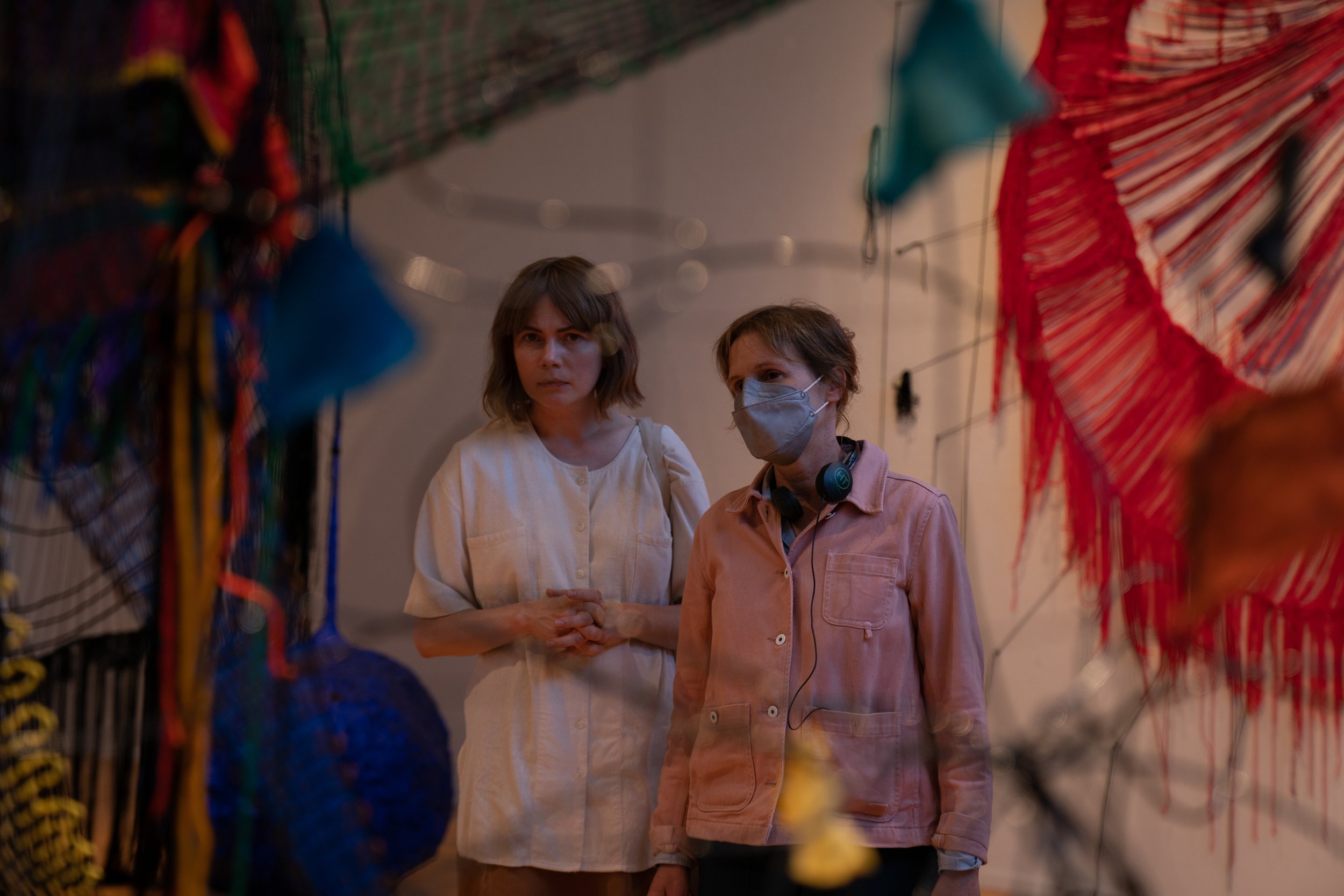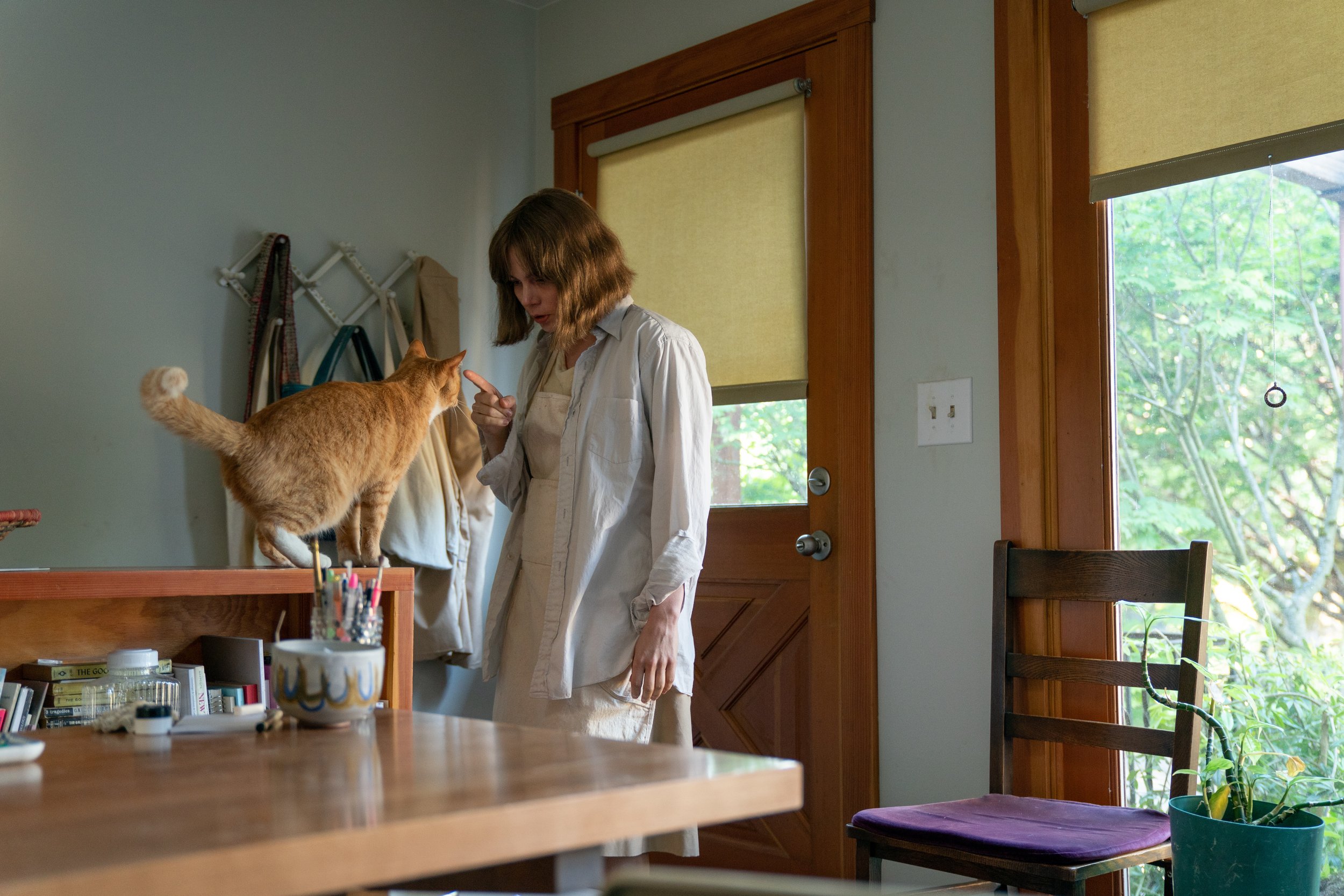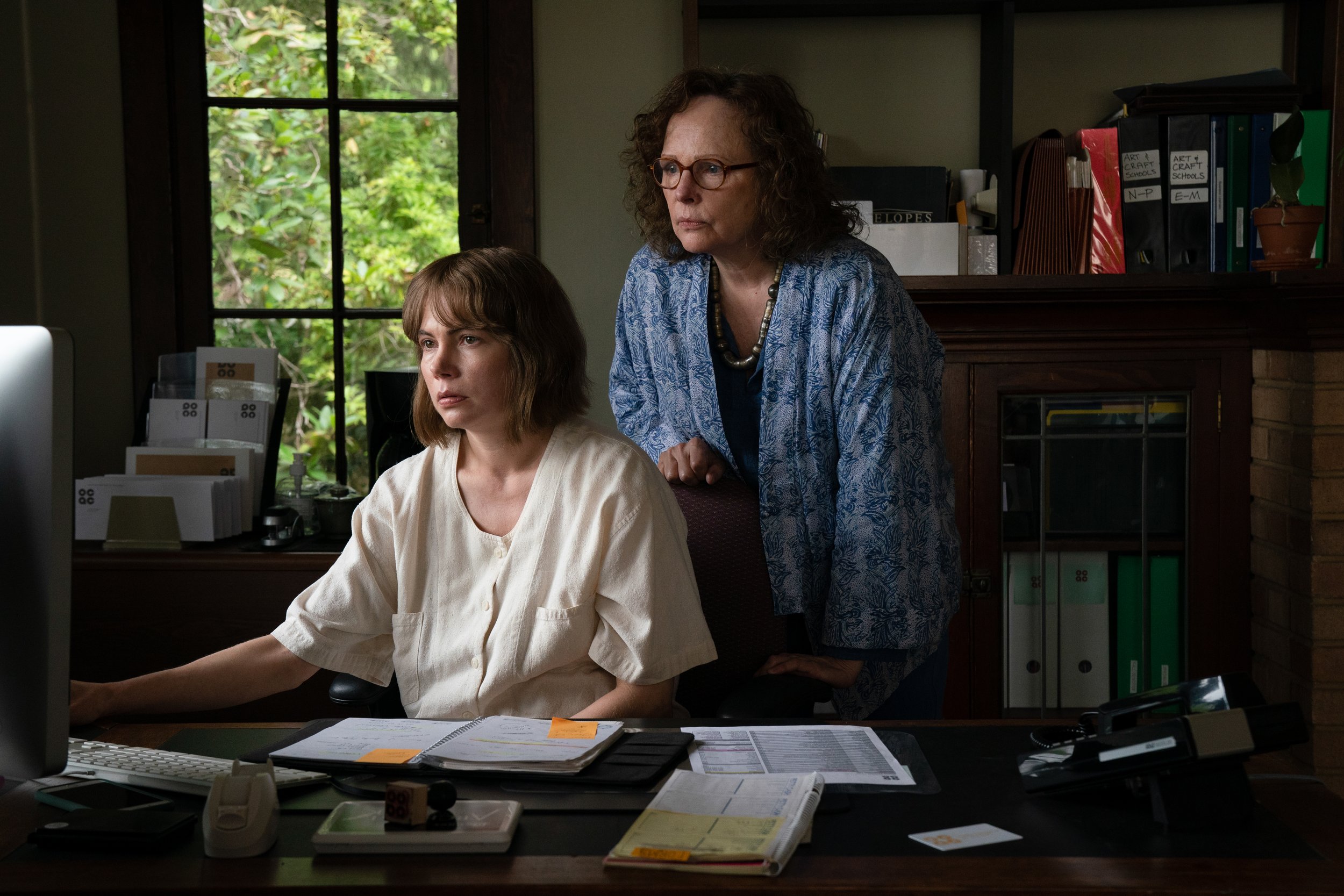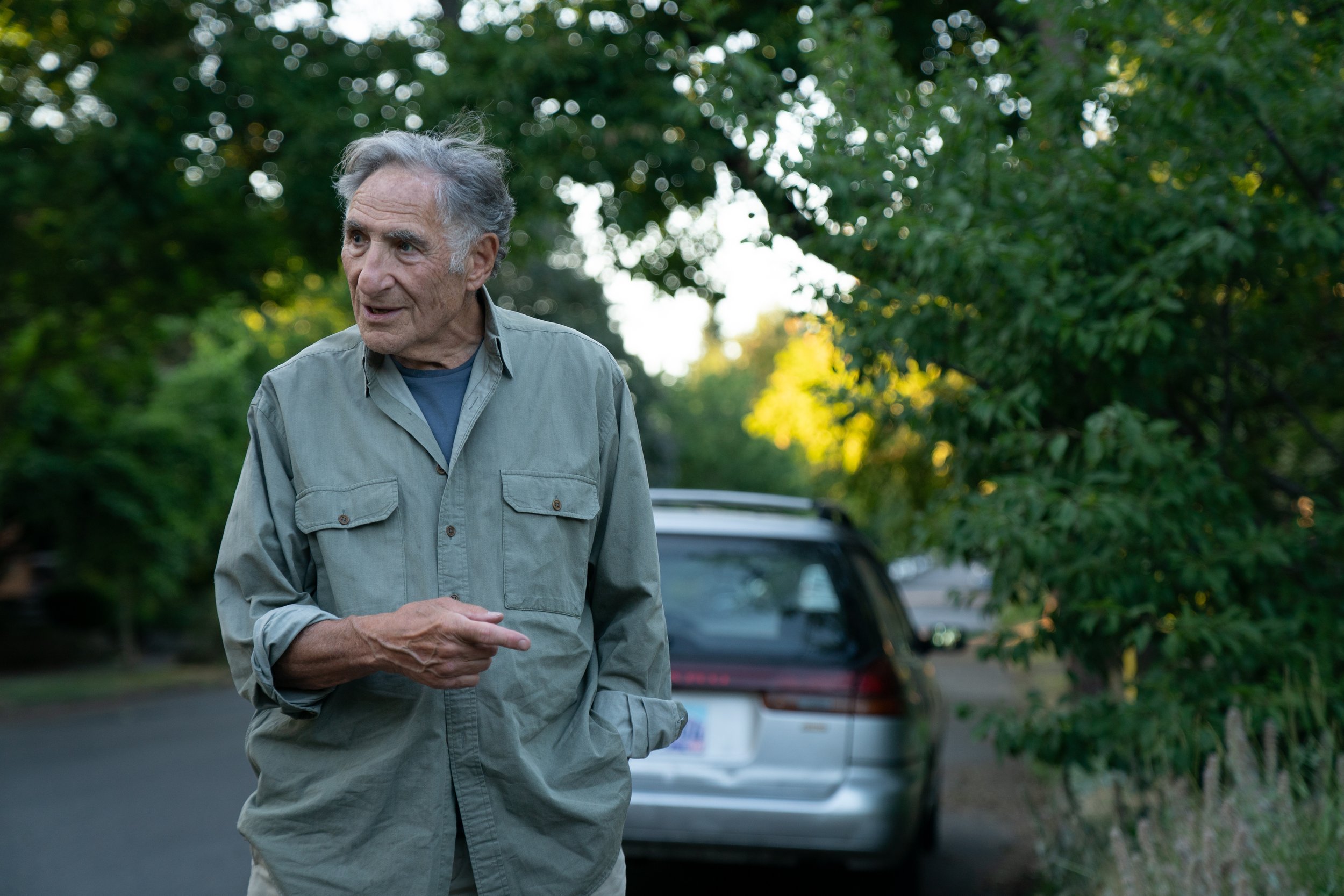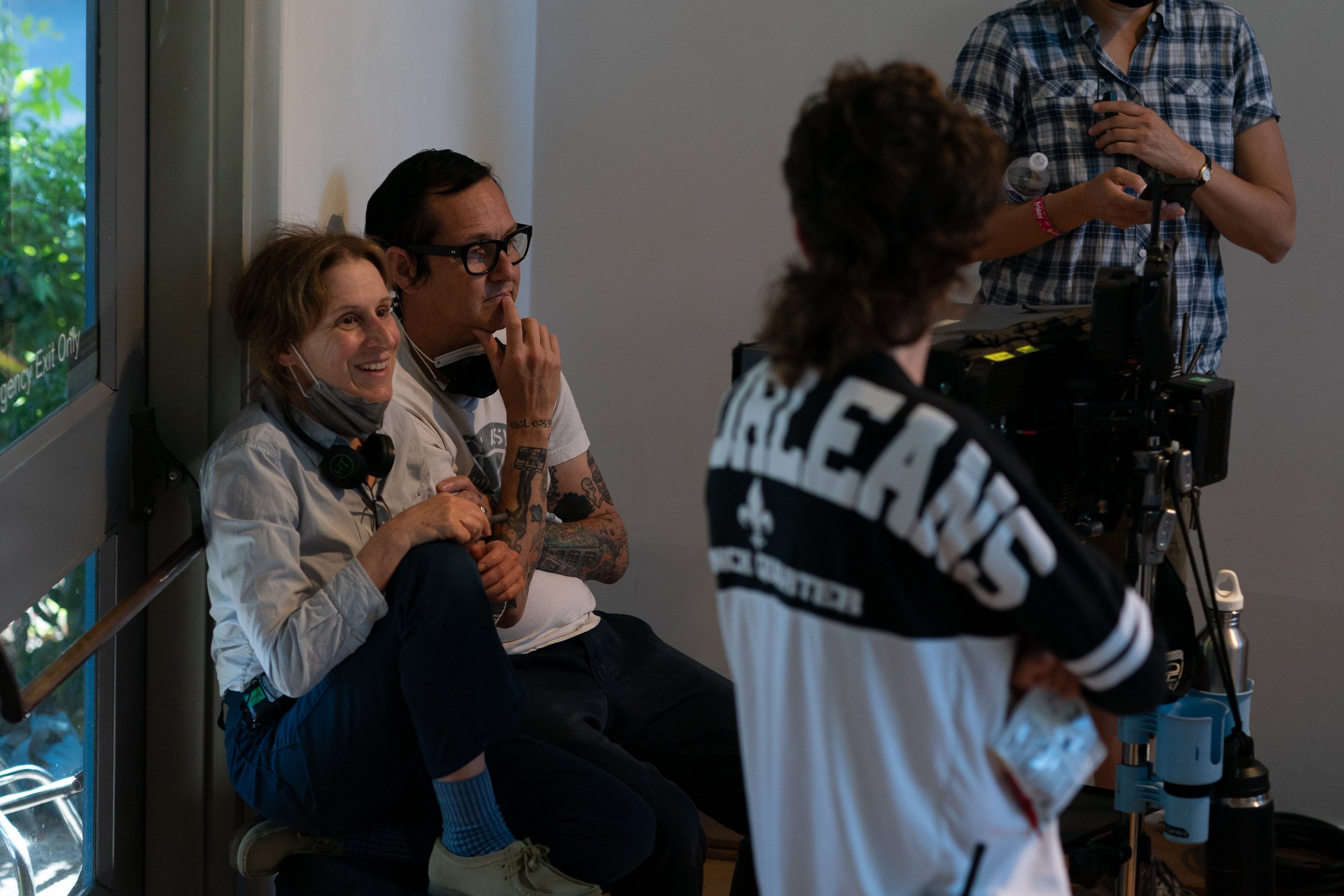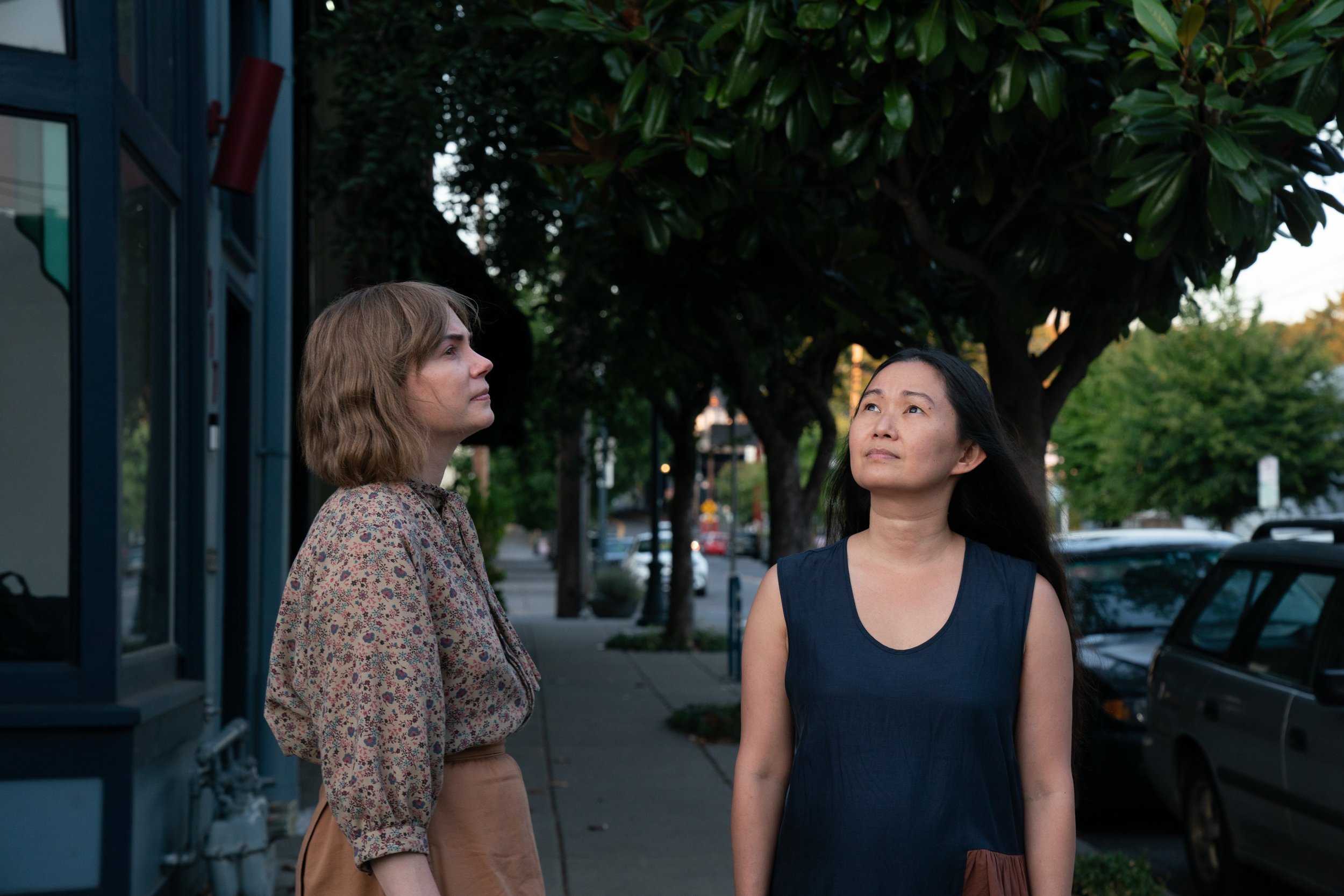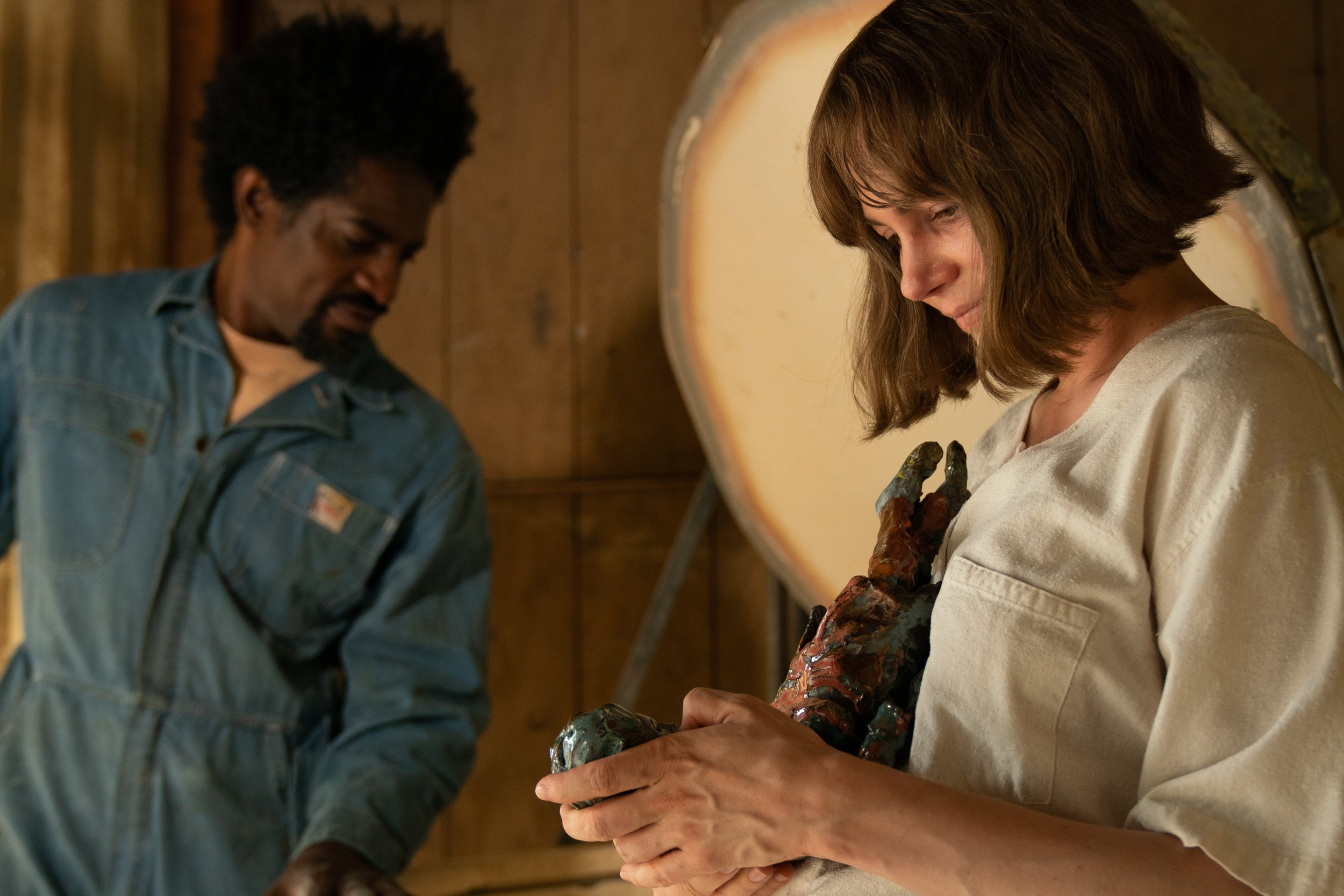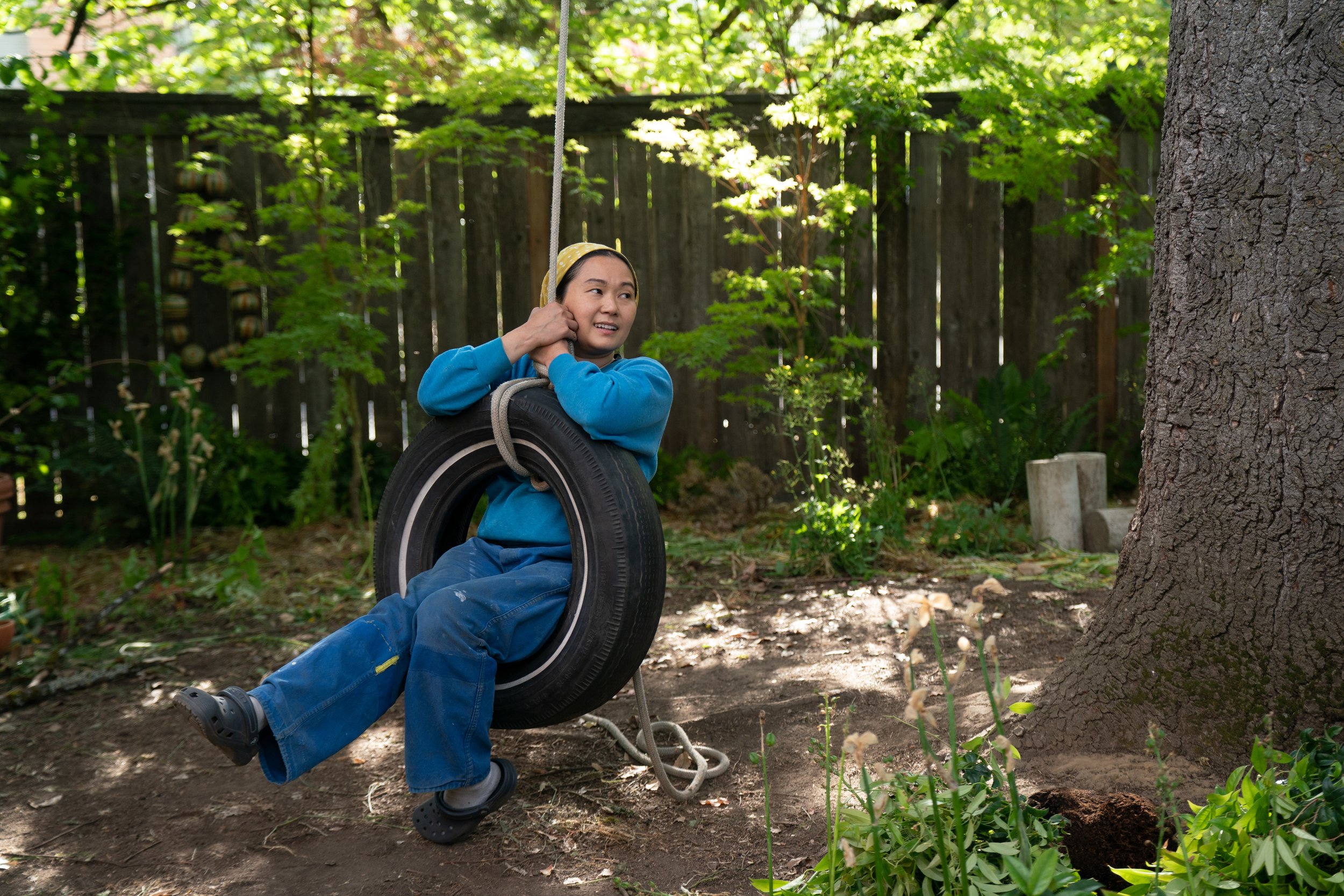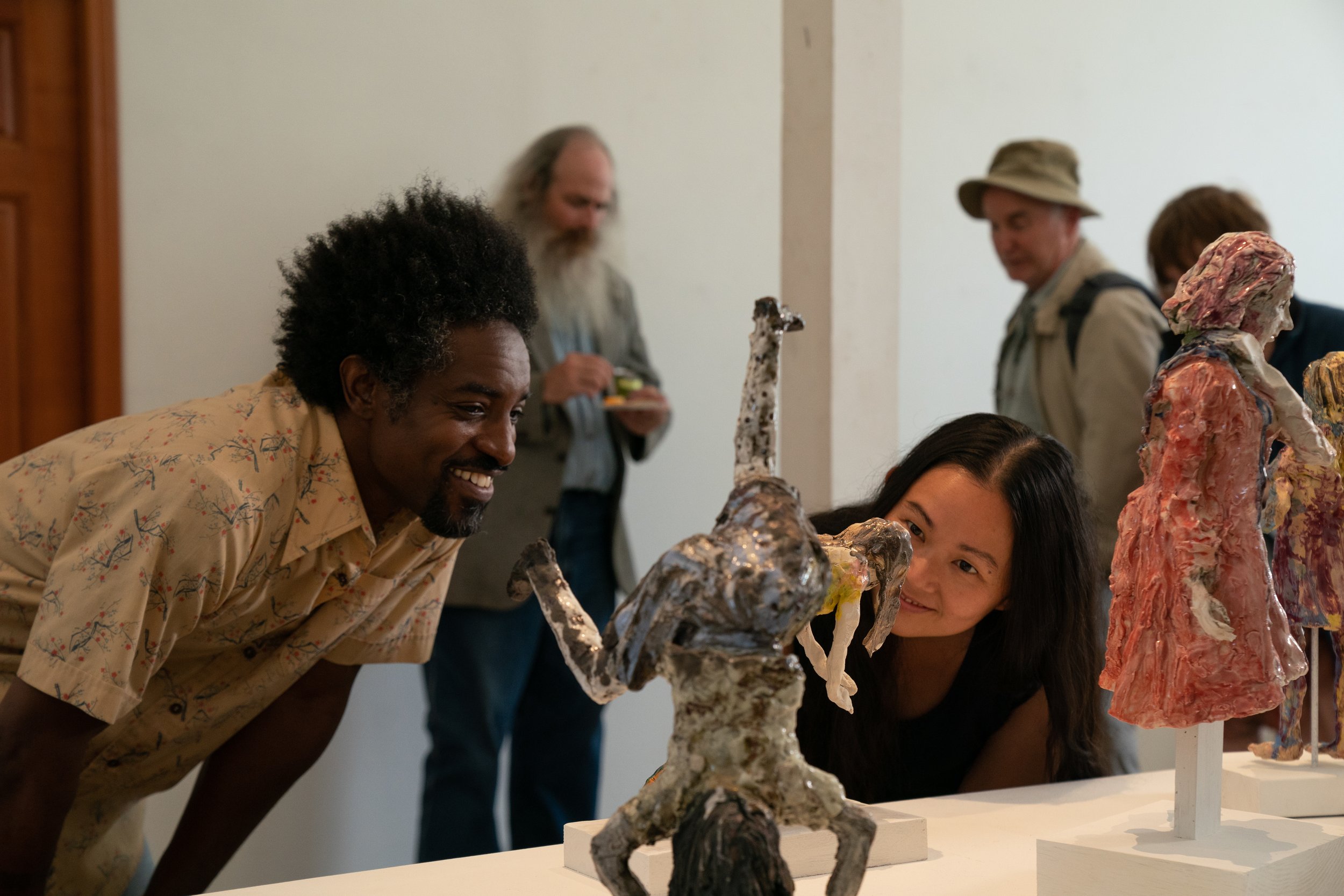MOVIE REVIEW: Showing Up
SHOWING UP– 2 STARS
LESSON #1: HOW LONG WOULD YOU WAIT FOR SOMEONE TO FIX SOMETHING?-- Here’s an audience test (and maybe, conversely, a privilege quiz) from Showing Up. How long would you wait for someone to fix your hot water? Add the detail that the apartment superintendent is a good friend of yours. How many days can you go without a warm shower and whatnot? Furthermore, how passive aggressive are you to needle your friend with reminders and polite requests before you snap? When do you give up and take matters into your own hands?
As fate would have it, this exact hypothetical situation is a running subplot in Kelly Reichardt’s new film Showing Up. The number of hours and/or days you would wait– and your temperament with that friend involved– speak to your personal patience level. Your answer, especially if it’s under a day or two, may also match your endurance and tolerance for Reichardt’s signature brand of working class slow cinema.
Alas, Showing Up is not entirely about a character waiting for repair of a water heater. That is just one morsel in the casserole of chaos that besets Lizzy, a Portland artist played by Academy Award nominee Michelle Williams. She is primarily a sculptor working with her college teaching peers preparing the final pieces for her own studio exhibition. While Lizzy is plenty hermetic with her work, a warm shower fixed by fellow artist Jo, played by The Whale Oscar nominee Hong Chau, sure would be nice. However, Jo herself is overscheduled with two upcoming shows of her own.
Other little ingredients in that chaos casserole within Showing Up come to include an injured bird Lizzy and Jo nurse back to health, Lizzy’s irascible bipolar artist brother Sean (Reichardt’s First Cow star John Magaro), the make-ends-meet clerical work she handles for her mother Jean (Maryann Plunkett of Little Women and Blue Valentine) at an art institute, and the unsprung caprice of her retired father (fellow The Fablemans Oscar nominee Judd Hirsch).
Still, Reichardt has a community setting of creativity in Showing Up that offers us to look past those human obstacles. The majority of the film’s characters are a range of starving artists reticent to varying levels of their precious process. Many extended moments and scenes in Showing Up orbit without dialogue on Lizzy working on the minute details she forms in her upcoming pieces.
For Showing Up, high appreciation needs to be given to the art on display. Shot on the Portland campus at the Oregon College of Art and Craft Art, consultant Libby Werbel and ceramic consultants Dale Rawls and Tony March brought in collections provided by Steve and Erin Doughton. Particular spotlights are earned for Cynthia Lahti’s sculptures for Lizzy and Micheel Segre’s art for Jo. The work, soaked in from every angle by cinematographer Christopher Blauvelt (Emma.), really is lovely.
LESSON #2: EXAMINING AN ARTIST’S PROCESS– Artists, across any and all mediums, are a special breed of people with a work ethic and open mind of outside interests all their own. The speed and focus of their work energy is as unique as their creations. Quite often, they can be the square pegs in a world of round holes. Moreover, an artist’s process is an extension of their inner spirit. How existential it all gets– from their lifestyle to their produced art– can veer from heavenly to maddening.
Matching her tried-and-true M.O. as the modern master of understated anxiety, Michelle Williams seeps into her Showing Up character with not a glimmer of flash. As Lizzy and working with Reichardt for the fourth time, Michelle is not very vocal. Willowy and stoic at the same time, she is locked into portraying the process from Lesson #2. When she does speak or emote, Lizzy is curt, direct, and trapped in her own pessimism. For a while in Showing Up, the one living thing she confides in the most might very well be the non-verbal injured pigeon (which, surprisingly, is animatronic most of the time). It’s not a big-time special effect or even the skull in Hamlet, but that’s how reserved Williams is going here.
The very same labeling of traits and tendencies one could assign to Lizzy, Jo, Sean, or others in Showing Up could apply to the filmmaker herself. Kelly Reichardt values a quiet focus much like the artists on the screen. The anthem for Showing Up’s creativity and festering anger is the occasional score motif from Ethan Rose (Code Blue), featuring supporting actor André Benjamin on the flute. That tubular woodwind is not the harbinger of high drama. As slight as it all is– and Showing Up counts as comedy with light heart and low laughs– the narrative guidance and supporting performances are committed to Reichardt’s sparseness.
LESSON #3: EXAMINE YOUR ACCEPTANCE AND UNDERSTANDING OF ARTISTS– For better or worse, a viewer of Showing Up must bring the appropriate level of introspection to match Reichardt and company. For example, does one consider this level of artists as fascinating people or, more bluntly, weirdos. Unless you are the former, where the art sucks you in, so little plot of consequence occurs on Showing Up. That can be a test all its own, right up there with the aforementioned water heater.
To say Showing Up is watching paint dry or, in the case, clay dry is far too mean. Quiet is one thing and introspective is another. Do you relish the glacial anticipation and personal payoff of creative culmination or are you just showing up to the art show at the end, as characters do here, for the wine and cheese.
LOGO DESIGNED BY MEENTS ILLUSTRATED (#1109)


